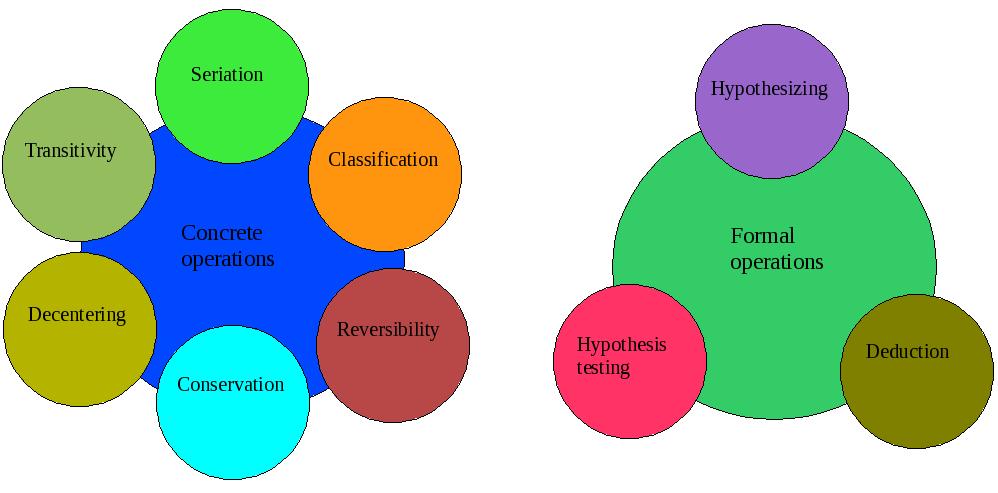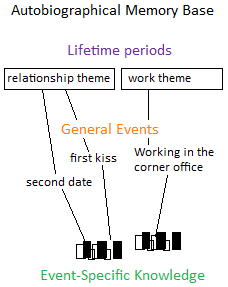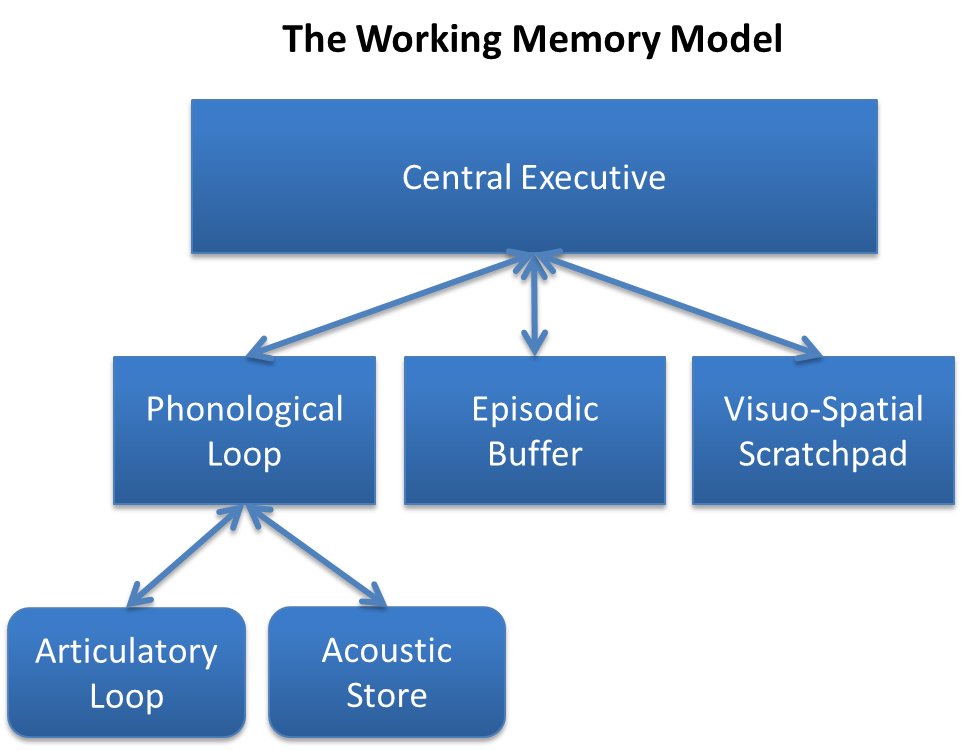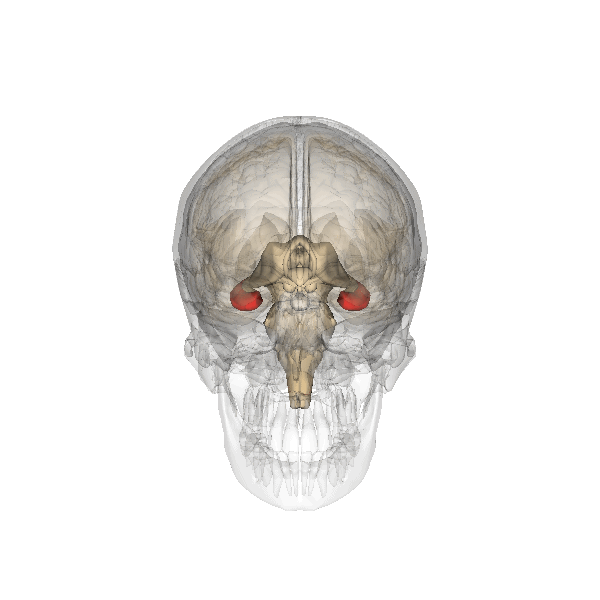|
Infant Cognitive Development
Infant cognitive development is the first stage of human cognitive development, in the youngest children. The academic field of infant cognitive development studies of how psychological processes involved in thinking and knowing develop in young children. Information is acquired in a number of ways including through sight, sound, touch, taste, smell and language, all of which require processing by our cognitive system. Scientific investigation in this field has its origin in the first half of the 20th century, an early and influential theory in this field is Jean Piaget's theory of cognitive development. Since Piaget's contribution to the field, infant cognitive development and methods for its investigation have advanced considerably, with numerous psychologists investigating different areas of cognitive development including memory, language and perception, coming up with various theories—for example Neo-Piagetian theories of cognitive development. Overview Tabula rasa is ... [...More Info...] [...Related Items...] OR: [Wikipedia] [Google] [Baidu] |
Cognitive Development
Cognitive development is a field of study in neuroscience and psychology focusing on a child's development in terms of information processing, conceptual resources, perceptual skill, language learning, and other aspects of the developed adult brain and cognitive psychology. Qualitative differences between how a child processes their waking experience and how an adult processes their waking experience are acknowledged (such as object permanence, the understanding of logical relations, and cause-effect reasoning in school-age children). Cognitive development is defined as the emergence of the ability to consciously cognize, understand, and articulate their understanding in adult terms. Cognitive development is how a person perceives, thinks, and gains understanding of their world through the relations of genetic and learning factors. There are four stages to cognitive information development. They are, reasoning, intelligence, language, and memory. These stages start when the baby ... [...More Info...] [...Related Items...] OR: [Wikipedia] [Google] [Baidu] |
Piaget's Theory Of Cognitive Development
Piaget's theory of cognitive development is a comprehensive theory about the nature and development of human intelligence. It was originated by the Swiss developmental psychologist Jean Piaget (1896–1980). The theory deals with the nature of knowledge itself and how humans gradually come to acquire, construct, and use it. Piaget's theory is mainly known as a developmental stage theory. In 1919, while working at the Alfred Binet Laboratory School in Paris, Piaget "was intrigued by the fact that children of different ages made different kinds of mistakes while solving problems". His experience and observations at the Alfred Binet Laboratory were the beginnings of his theory of cognitive development. He believed that children of different ages made different mistakes because of the “quality rather than quantity” of their intelligence. Piaget proposed four stages to describe the development process of children: sensorimotor stage, pre-operational stage, concrete operational ... [...More Info...] [...Related Items...] OR: [Wikipedia] [Google] [Baidu] |
A-not-B Error
The A-not-B error is an incomplete or absent schema of object permanence, normally observed during the sensorimotor stage of Jean Piaget's Theory of Cognitive Development. A typical A-not-B task goes like this: An experimenter hides an attractive toy under box "A" within the baby's reach. The baby searches for the toy, looks under box "A", and finds the toy. This activity is usually repeated several times (always with the researcher hiding the toy under box "A"), which means baby has the ability to pass the object permanence test. Then, in the critical trial, the experimenter moves the toy under box "B", also within easy reach of the baby. Babies of 10 months or younger typically make the perseveration error, meaning they look under box "A" even though they saw the researcher move the toy under box "B", and box "B" is just as easy to reach. Piaget called this phenomenon A-not-B error. This demonstrates a lack of, or incomplete, schema of object permanence, shows that the infant's co ... [...More Info...] [...Related Items...] OR: [Wikipedia] [Google] [Baidu] |
Sensorimotor Stage
Piaget's theory of cognitive development is a comprehensive theory about the nature and development of human intelligence. It was originated by the Swiss developmental psychologist Jean Piaget (1896–1980). The theory deals with the nature of knowledge itself and how humans gradually come to acquire, construct, and use it. Piaget's theory is mainly known as a developmental stage theory. In 1919, while working at the Alfred Binet Laboratory School in Paris, Piaget "was intrigued by the fact that children of different ages made different kinds of mistakes while solving problems". His experience and observations at the Alfred Binet Laboratory were the beginnings of his theory of cognitive development. He believed that children of different ages made different mistakes because of the “quality rather than quantity” of their intelligence. Piaget proposed four stages to describe the development process of children: sensorimotor stage, pre-operational stage, concrete operational ... [...More Info...] [...Related Items...] OR: [Wikipedia] [Google] [Baidu] |
Peekaboo
Peekaboo (also spelled peek-a-boo) is a form of play played with an infant. To play, one player hides their face, pops back into the view of the other, and says ''Peekaboo!'', sometimes followed by ''I see you!'' There are many variations: for example, where trees are involved, "Hiding behind that tree!" is sometimes added. Another variation involves saying "Where's the baby?" while the face is covered and "There's the baby!" when uncovering the face. Peekaboo uses the fundamental structure of all good jokes—surprise, balanced with expectation. Peekaboo is thought by developmental psychologists to demonstrate an infant's inability to understand object permanence. Object permanence is an important stage of cognitive development for infants. In early sensorimotor stages, the infant is completely unable to comprehend object permanence. Psychologist Jean Piaget Jean William Fritz Piaget (, , ; 9 August 1896 – 16 September 1980) was a Swiss psychologist known for his work ... [...More Info...] [...Related Items...] OR: [Wikipedia] [Google] [Baidu] |
Object Permanence
Object permanence is the understanding that objects continue to exist even when they cannot be sensed. This is a fundamental concept studied in the field of developmental psychology, the subfield of psychology that addresses the development of young children's social and mental capacities. There is not yet scientific consensus on when the understanding of object permanence emerges in human development. Jean Piaget, the Swiss psychologist who first studied object permanence in infants, argued that it is one of an infant's most important accomplishments, as, without this concept, objects would have no separate, permanent existence. In Piaget's theory of cognitive development, infants develop this understanding by the end of the "sensorimotor stage", which lasts from birth to about two years of age. Piaget thought that an infant's perception and understanding of the world depended on their motor development, which was required for the infant to link visual, tactile and motor rep ... [...More Info...] [...Related Items...] OR: [Wikipedia] [Google] [Baidu] |
Autobiographical Memory
Autobiographical memory is a memory system consisting of episodes recollected from an individual's life, based on a combination of episodic (personal experiences and specific objects, people and events experienced at particular time and place) and semantic (general knowledge and facts about the world) memory.Williams, H. L., Conway, M. A., & Cohen, G. (2008). Autobiographical memory. In G. Cohen & M. A. Conway (Eds.), Memory in the Real World (3rd ed., pp. 21-90). Hove, UK: Psychology Press. It is thus a type of explicit memory. Formation Conway and Pleydell-Pearce (2000) proposed that autobiographical memory is constructed within a self-memory system (SMS), a conceptual model composed of an autobiographical knowledge base and the working self. Autobiographical knowledge base The autobiographical knowledge base contains knowledge of the self, used to provide information on what the self is, what the self was, and what the self can be. This information is categorized into three br ... [...More Info...] [...Related Items...] OR: [Wikipedia] [Google] [Baidu] |
Long Term Memory
Long-term memory (LTM) is the stage of the Atkinson–Shiffrin memory model in which informative knowledge is held indefinitely. It is defined in contrast to short-term and working memory, which persist for only about 18 to 30 seconds. Long-term memory is commonly labelled as explicit memory ( declarative), as well as episodic memory, semantic memory, autobiographical memory, and implicit memory (procedural memory). Dual-store memory model According to Miller, whose paper in 1956 popularized the theory of the "magic number seven", short-term memory is limited to a certain number of chunks of information, while long-term memory has a limitless store. Atkinson–Shiffrin memory model According to the dual store memory model proposed by Richard C. Atkinson and Richard Shiffrin in 1968, memories can reside in the short-term "buffer" for a limited time while they are simultaneously strengthening their associations in long-term memory. When items are first presented, they enter sh ... [...More Info...] [...Related Items...] OR: [Wikipedia] [Google] [Baidu] |
Working Memory
Working memory is a cognitive system with a limited capacity that can hold information temporarily. It is important for reasoning and the guidance of decision-making and behavior. Working memory is often used synonymously with short-term memory, but some theorists consider the two forms of memory distinct, assuming that working memory allows for the manipulation of stored information, whereas short-term memory only refers to the short-term storage of information. Working memory is a theoretical concept central to cognitive psychology, neuropsychology, and neuroscience. History The term "working memory" was coined by Miller, Galanter, and Pribram, and was used in the 1960s in the context of theories that likened the mind to a computer. In 1968, Atkinson and Shiffrin used the term to describe their "short-term store". What we now call working memory was formerly referred to variously as a "short-term store" or short-term memory, primary memory, immediate memory, operant me ... [...More Info...] [...Related Items...] OR: [Wikipedia] [Google] [Baidu] |
Short Term Memory
Short-term memory (or "primary" or "active memory") is the capacity for holding a small amount of information in an active, readily available state for a short interval. For example, short-term memory holds a phone number that has just been recited. The duration of short-term memory (absent rehearsal or active maintenance) is estimated to be on the order of seconds. The commonly cited capacity of 7 items, found in Miller's Law, has been superseded by 4±1 items. In contrast, long-term memory holds information indefinitely. Short-term memory is not the same as working memory, which refers to structures and processes used for temporarily storing and manipulating information. Stores The idea of separate memories for short-term and long-term storage originated in the 19th century. A model of memory developed in the 1960s assumed that all memories are formed in one store and transfer to others store after a small period of time. This model is referred to as the "modal model", most ... [...More Info...] [...Related Items...] OR: [Wikipedia] [Google] [Baidu] |
Declarative Memory
Explicit memory (or declarative memory) is one of the two main types of long-term human memory, the other of which is implicit memory. Explicit memory is the conscious, intentional recollection of factual information, previous experiences, and concepts. This type of memory is dependent upon three processes: acquisition, consolidation, and retrieval. Explicit memory can be divided into two categories: episodic memory, which stores specific personal experiences, and semantic memory, which stores factual information.Tulving E. 1972. Episodic and semantic memory. In Organization of Memory, ed. E Tulving, W Donaldson, pp. 381–403. New York: Academic Explicit memory requires gradual learning, with multiple presentations of a stimulus and response. The counterpart to explicit memory is known as implicit memory, refers to memories acquired and used unconsciously such as skills (e.g. knowing how to get dressed) or perception. Unlike explicit memory, implicit memory learns rapidly ... [...More Info...] [...Related Items...] OR: [Wikipedia] [Google] [Baidu] |
Memory Development
The development of memory is a lifelong process that continues through adulthood. Development etymologically refers to a progressive unfolding. Memory development tends to focus on periods of infancy, toddlers, children, and adolescents, yet the developmental progression of memory in adults and older adults is also circumscribed under the umbrella of memory development. The development of memory in children becomes evident within the first 3 years of a child's life as they show considerable advances in declarative memory, a child's memory throughout their development. This enhancement continues into adolescence with major developments in short term memory, working memory, long term memory and autobiographical memory. The development of memory in adults, especially older adults, is often seen more negatively. Most adults will face symptoms of memory loss in both their short- and long-term memory; Alzheimer's is a prime example of this. Recent research on the development of memo ... [...More Info...] [...Related Items...] OR: [Wikipedia] [Google] [Baidu] |





